News
Are CS2 Skins NFTs? Understanding the Differences and Similarities
ChainPlay
•
4 hours ago
Share :
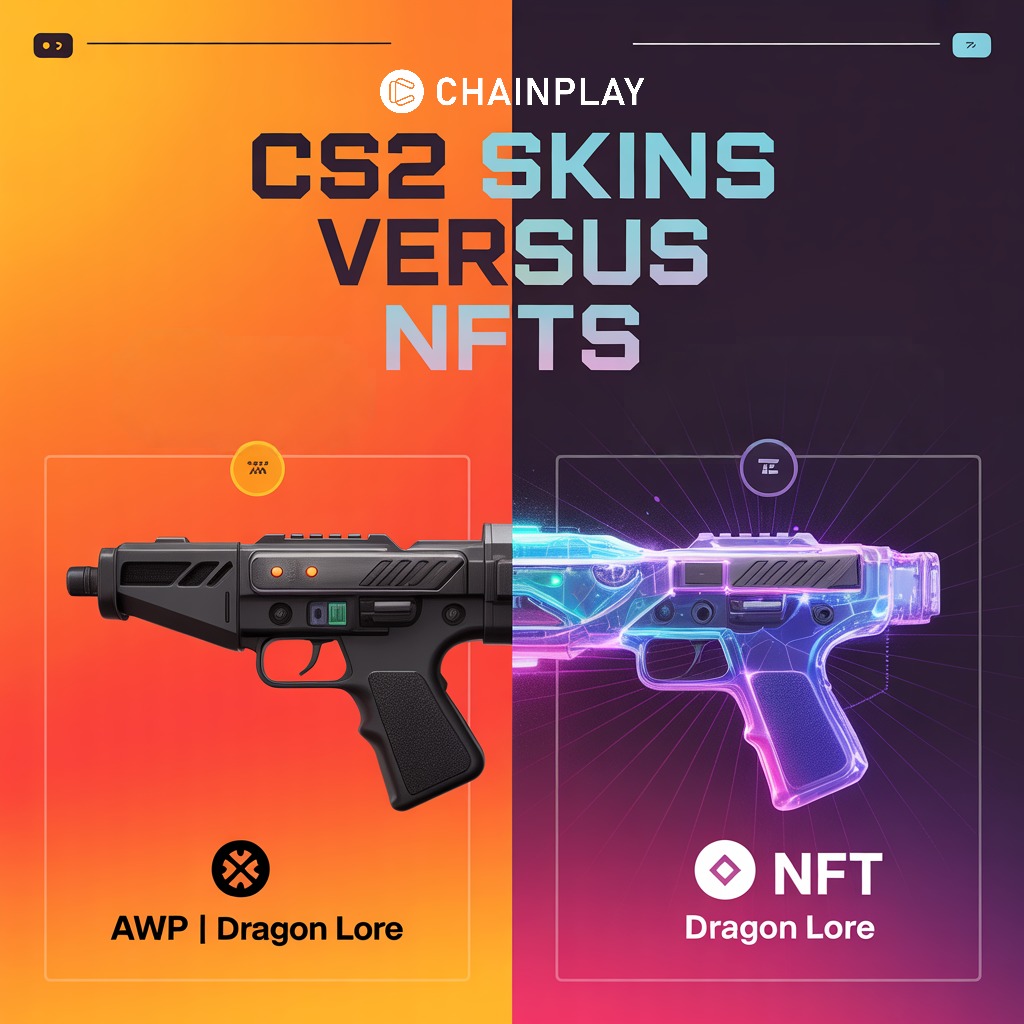
In the world of gaming, digital ownership has become one of the most debated topics. From NFT collections to CS2 skins, players and investors alike are questioning the true value and ownership of virtual assets. A common question arises: Are CS2 skins NFTs?
The short answer is no – CS2 skins are not NFTs in the traditional blockchain sense. However, there are many similarities between the two, especially in how players perceive value, ownership, and rarity. Let’s explore how CS2 skins and NFTs compare, what makes them different, and how the concept of digital property continues to evolve in gaming.
What Are CS2 Skins?
CS2 skins (Counter-Strike 2 skins) are digital cosmetic items that change the appearance of weapons and equipment in the game. They don’t affect gameplay, but they hold tremendous aesthetic and market value.
Skins can be earned through cases, drops, or purchased from the Steam Community Market and third-party trading platforms like Skin.Land, where players can also sell CS2 skins instantly for real money or crypto. Each skin has a unique float value (indicating wear level), pattern index, and sometimes special finishes like StatTrak or Souvenir editions.
For many players, CS2 skins are collectibles – virtual art that represents personality, prestige, or even financial investment.
What Are NFTs?
NFT stands for Non-Fungible Token, a unique digital asset recorded on a blockchain. Unlike cryptocurrencies such as Bitcoin (which are interchangeable), NFTs represent individual ownership of a specific digital item – like an artwork, video, or in-game item.
Each NFT is backed by a blockchain ledger, meaning its ownership, history, and authenticity are transparent and immutable. Common blockchains for NFTs include Ethereum, Polygon, and Solana.
In essence, NFTs are designed to prove digital ownership, something that gaming communities have been familiar with long before NFTs became mainstream.
The Similarities Between CS2 Skins and NFTs
Even though CS2 skins are not NFTs, they share striking similarities in their economic and social behavior:
Digital Ownership (Perceived, Not True Blockchain Ownership)
Players “own” CS2 skins within the Steam ecosystem. They can trade or sell cs2 skins through approved channels, giving a sense of ownership similar to holding an NFT. However, this ownership is custodial – meaning Steam ultimately controls all assets and accounts. Still, to most players, skins feel like digital property.
Rarity and Scarcity
Both NFT collections and CS2 skins thrive on rarity. Some skins are extremely rare (e.g., a factory new Karambit | Case Hardened with a unique blue pattern), just as certain NFTs are one-of-a-kind or part of a limited drop. Rarity directly influences market value – a psychological driver shared by both ecosystems.
Marketplace Economy
Just like NFTs can be traded on OpenSea or Magic Eden, CS2 skins are actively traded on Steam Market, Skin.Land, and third-party platforms. Prices fluctuate based on supply, demand, trends, and reputation – a dynamic mirroring that of the NFT market.
Community and Social Status
Owning a rare or expensive CS2 skin can earn respect in the gaming community, much like owning a high-profile NFT collection does in the crypto world. For players, both serve as digital status symbols, showing individuality, investment success, or social identity.
The Key Differences Between CS2 Skins and NFTs
While there are many similarities, the technical and legal foundations are entirely different. Here’s what separates CS2 skins and NFTs:
Centralized vs. Decentralized Ownership
The biggest difference is ownership control.
- CS2 skins exist in Valve’s centralized servers. If your Steam account is banned, you lose access to your items.
- NFTs, however, exist on a blockchain, independent of any single company. You control them via your crypto wallet.
So, while CS2 skins nfts may behave similarly in market value, they are not built on a decentralized ledger.
Transferability
NFTs can be transferred freely between wallets across platforms, as long as they’re on the same blockchain. CS2 skins, on the other hand, can only be traded or sold within the boundaries of Steam’s trading system or via approved third-party services that interface with Steam’s API. That means you cannot take a CS2 skin and move it to another game or blockchain environment – something NFTs can do easily.
If you’re looking for a trusted and efficient marketplace to trade or cash out your skins, Skin.Land is considered one of the best third-party CS2 marketplaces. It offers competitive prices, instant payouts, and a secure trading system fully integrated with Steam’s API. Whether you want to buy, trade, or sell CS2 skins for money, Skin.Land provides a smooth and reliable experience trusted by thousands of players worldwide.
Transparency and Provenance
NFTs allow full transparency: anyone can verify ownership, previous sales, and authenticity on the blockchain explorer. CS2 skins don’t offer this level of transparency. Their transaction history is limited to the Steam marketplace or whichever third-party site is used. So while both have markets, NFTs operate in a trustless ecosystem, while CS2 operates in a trusted ecosystem governed by Valve.
Regulation and Risk
NFTs are often tied to speculative investment and cryptocurrency volatility, whereas CS2 skins operate in a more stable, regulated digital economy.
Valve monitors transactions, restricts fraud, and imposes community rules. NFTs, meanwhile, are open to price manipulation, scams, and market collapses.
Is There a CS2 Blockchain?
Currently, CS2 does not use blockchain technology for its economy. Skins, cases, and items are stored and managed via Valve’s proprietary inventory system, not on a decentralized ledger.
However, there is growing discussion in the gaming industry about integrating blockchain-based trading systems into future titles. Some third-party platforms and blockchain gaming projects have even tried to “tokenize” CS2 skins by wrapping them as NFTs for external trade. Still, these practices are not officially supported by Valve and may violate Steam’s terms of service.
So while NFT in CS2 isn’t a reality today, the idea of blending blockchain verification with traditional gaming economies could become a possibility in the future – and platforms like Skin.Land show how safe, verified marketplaces can bridge that gap responsibly.
Share this article
#Other
Latest News
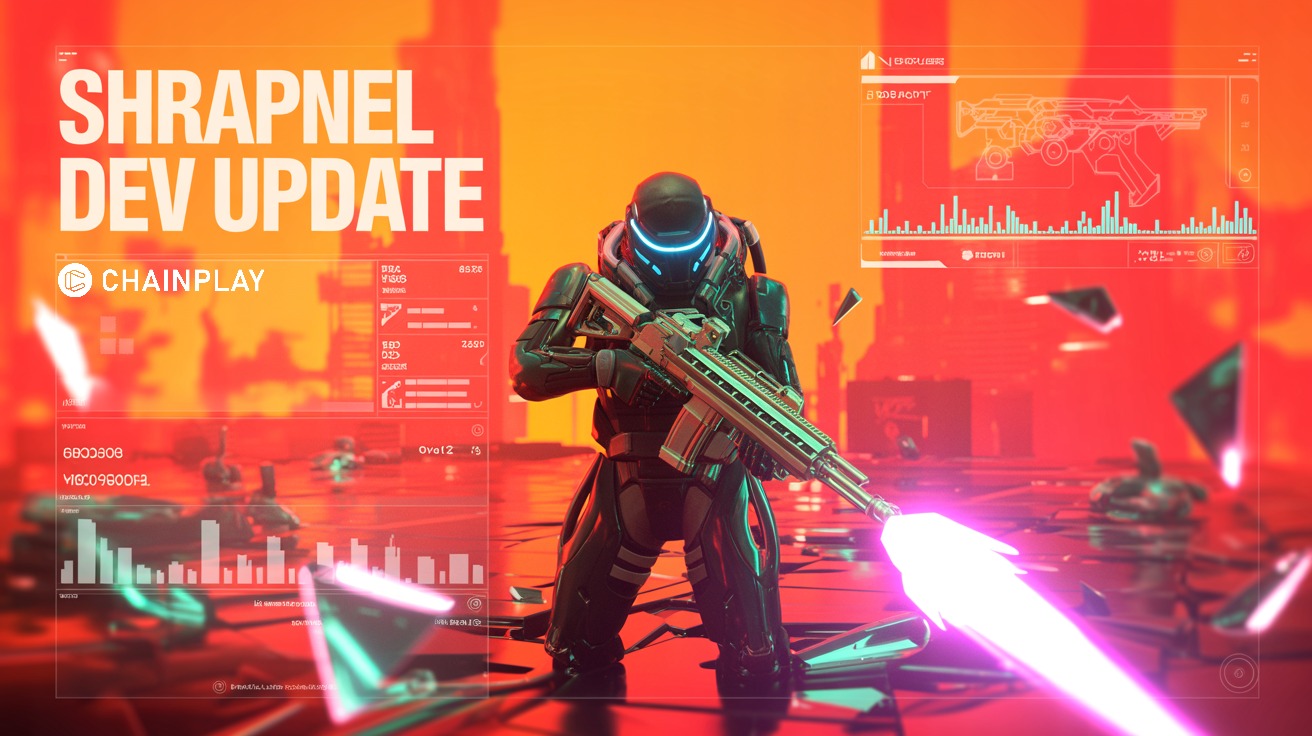
Shrapnel Unveils Combat Fixes, Economy Tweaks, and
3 hours ago

Are CS2 Skins NFTs? Understanding the Differences and
4 hours ago
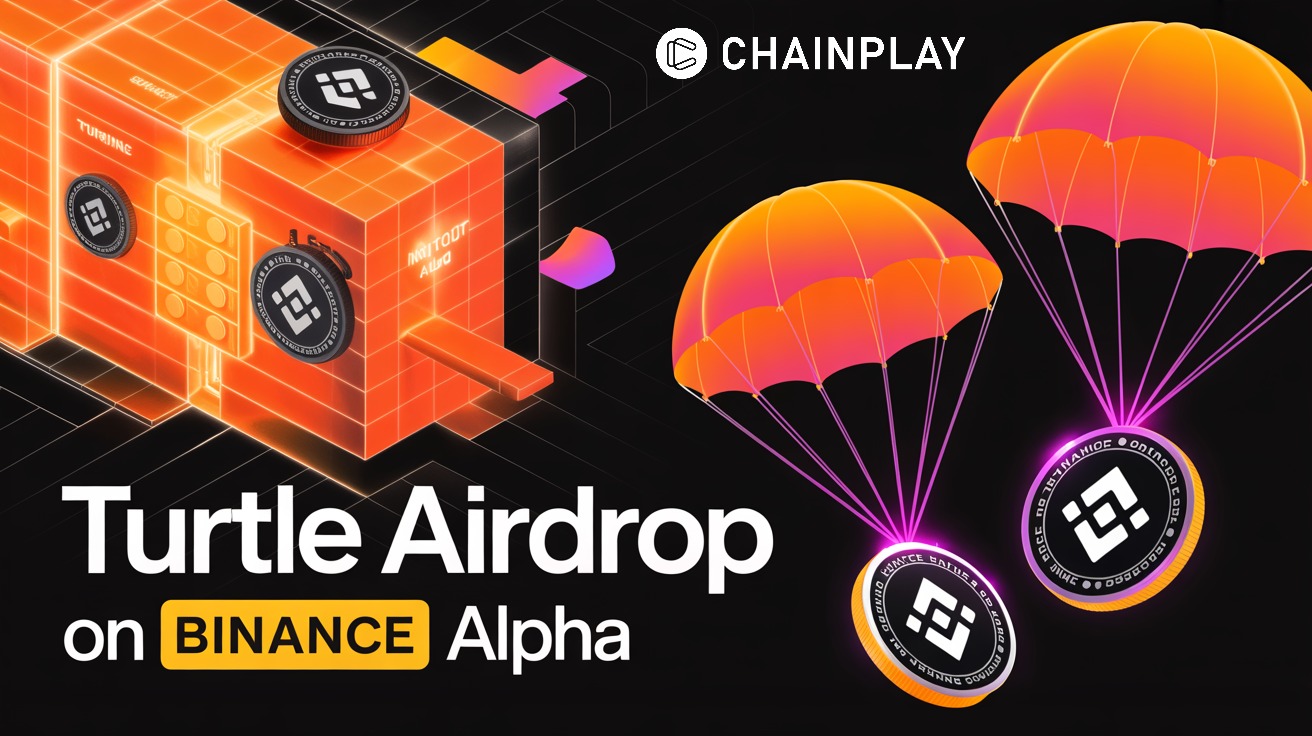
Turtle (TURLE) To Launch on Binance Alpha on October
5 hours ago
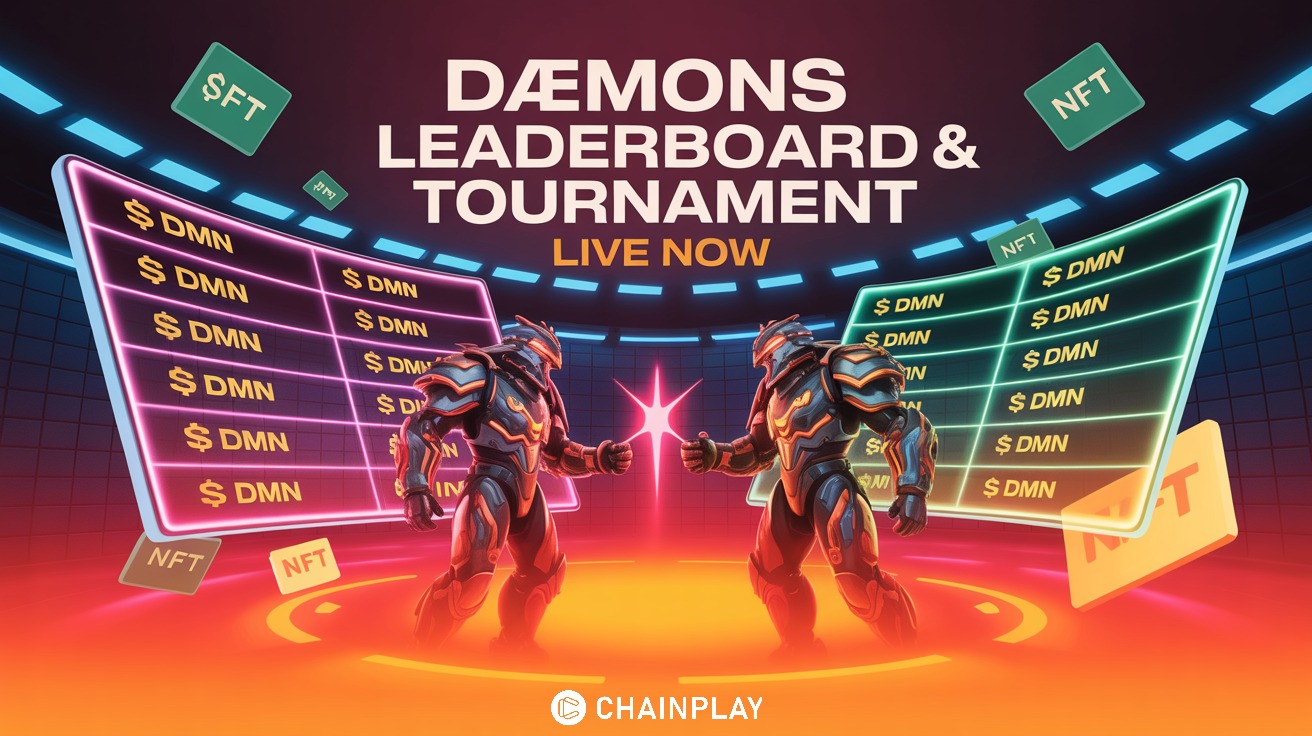
Dæmons Opens Final Leaderboard and PvP Tournament Before
5 hours ago
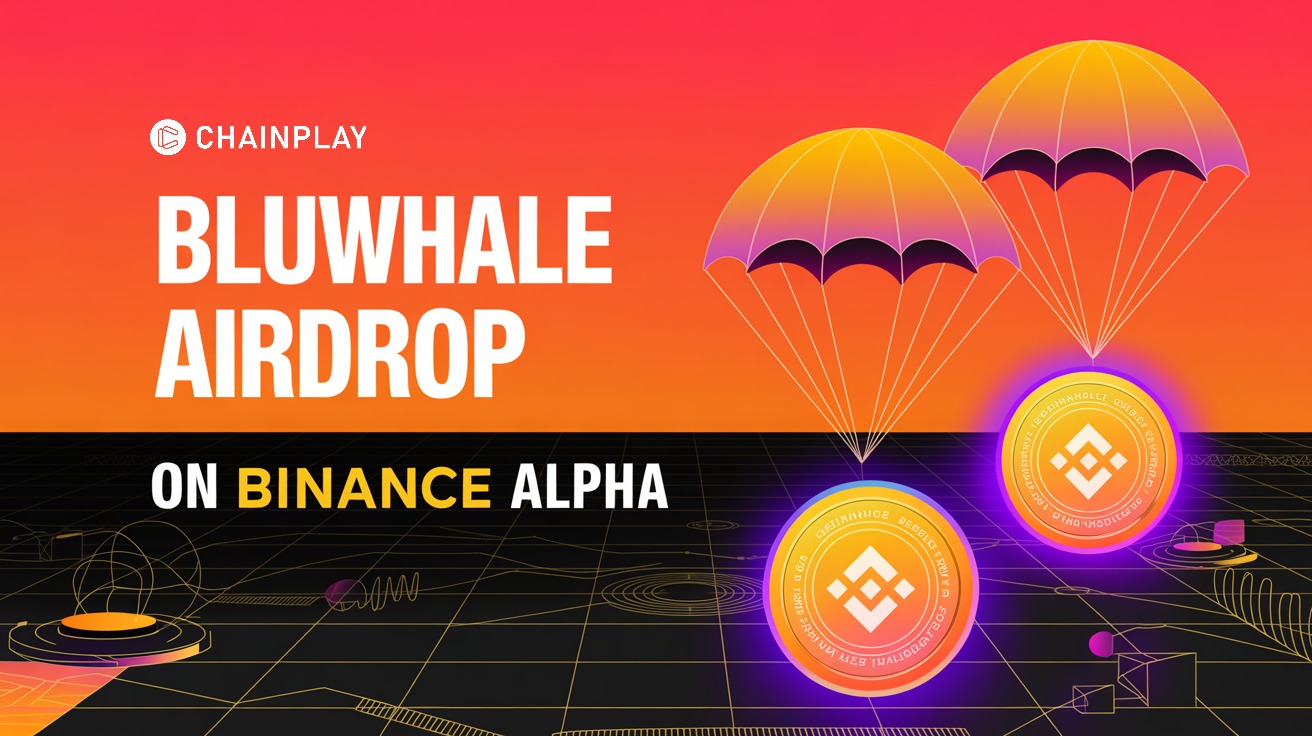
Binance Announces Alpha Launch and Airdrop for Bluwhale
8 hours ago
Related articles

Dæmons launches new leaderboard and tournament with $DMN and NFT prizes. Join quests, PvP, and content events before the TGE on October 24.
ChainPlay
•
5 hours ago

Turtle (TURLE), the liquidity distribution protocol, will launch on Binance Alpha on October 22nd with an exclusive airdrop. TURTLE tokens will be distributed to eligible participants holding a minimum number of Binance Alpha Points.
ChainPlay
•
5 hours ago

Shrapnel shares major updates in its new dev blog, including weapon tweaks, new Operator Doug, economy changes, and its move to GalaChain.
ChainPlay
•
3 hours ago



